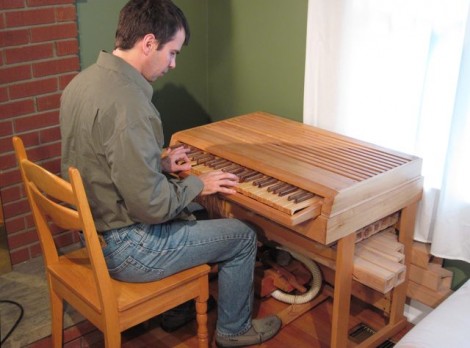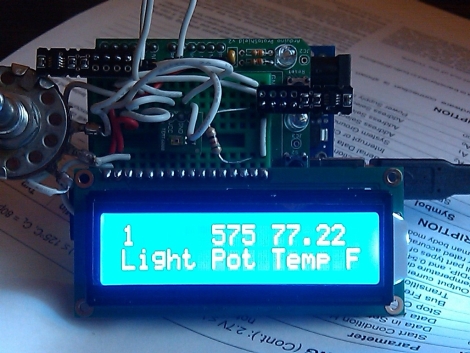
If you’re an avid Hackaday reader chances are that you immediately recognized [Matthias Wandel’s] name. He’s been featured many many times to go along with his many many talents. Most notably, his ability to do some amazing things with wood. But really, it’s the idea that counts, and he seems to have a duffle bag full of them. [Rachel adn Justin] over at WonderHowTo recently published a full interview with Mattias. In it he shares his thoughts on where some of these ideas come from, how he approaches his projects, and even shares some advice for those just getting started.
This is usually the time where we make a witty remark and try to work in links to feature articles from the past. If we were limited to just one it would be pretty tough (although there’s a special place in our hearts for the wasp sucker). Luckily we’re not limited, so here’s a list of some of [Matthias’] projects which Hackaday covered previously:
















